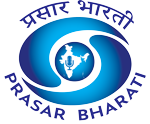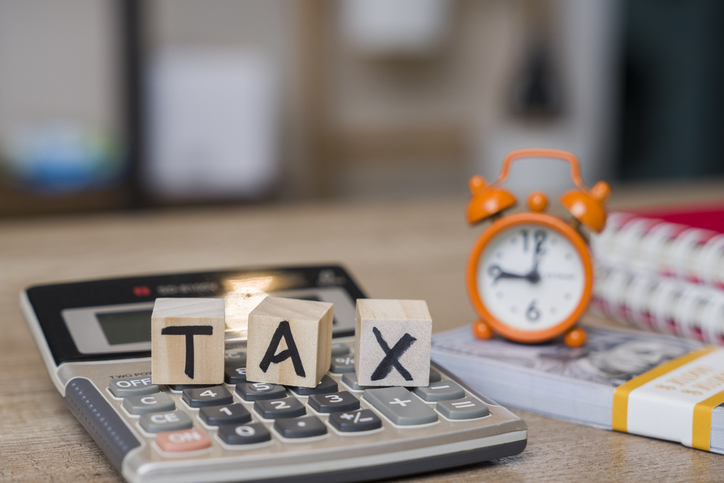India today commemorates Income Tax Day, marking the 166th anniversary of the introduction of income tax in the country. Celebrated every year on July 24, the day acknowledges the evolution of India’s tax system and its pivotal role in nation-building.
Income tax was first introduced in India on this day in 1860 by British economist Sir James Wilson to counter the financial strain caused by the First War of Independence in 1857. The framework laid then eventually culminated in the Income Tax Act of 1922 and later the comprehensive Income Tax Act of 1961, which still governs the taxation system in the country today.
In recent decades, India’s income tax system has undergone a profound digital transformation, shifting from manual record-keeping to a tech-enabled, citizen-friendly administration. The process began with the introduction of the Permanent Account Number (PAN) in 1972, followed by initial computerization in 1981. The current PAN series, introduced in 1995, enabled better tracking and compliance.
A major technological leap came with the establishment of the Centralized Processing Centre (CPC) in Bengaluru in 2009, allowing for jurisdiction-free, digital processing of tax returns. The Tax Information Network (TIN), and its upgraded version TIN 2.0, further enhanced convenience, offering real-time tax credits and quicker refunds. The Demand Facilitation Centre in Mysuru now serves as a central repository for outstanding tax demands, easing access for both taxpayers and officials.
The government’s focus on transparency and data-driven governance is also reflected in the use of Project Insight. This integrated data platform enables the Income Tax Department (ITD) to create a 360-degree financial profile of taxpayers by integrating data from various sources, such as GSTN, financial institutions, and property registries. These insights help in detecting discrepancies and prompting voluntary compliance through non-intrusive nudges.
The Faceless Assessment Scheme, launched in 2019, has revolutionized tax assessments by removing physical interaction between the taxpayer and the tax officer. Taxpayers now receive automated notices, assessments, and communications through a digital platform, enhancing accountability and efficiency.
Additionally, the Annual Information Statement (AIS), implemented in November 2021, provides individuals with a consolidated view of their financial activity across the year. It pre-fills income tax returns using verified third-party data, minimizing errors and promoting self-compliance. This, along with the e-Verification Scheme, allows discrepancies to be resolved entirely online.
As part of a continued effort to simplify compliance and encourage voluntary participation, the Finance Act, 2025 has extended the deadline for filing updated income tax returns from 24 months to 48 months. This amendment gives taxpayers more time to correct errors and avoid penalties while ensuring fair contribution.
Tax collection trends underline the success of these reforms. The total number of Income Tax Returns (ITRs) filed rose by 36% over the past five years, reaching 9.19 crore filings in FY 2024–25, compared to 6.72 crore in FY 2020–21. Gross Direct Tax Collections also saw a sharp rise—from ₹12.31 lakh crore in 2020–21 to ₹27.02 lakh crore in 2024–25, reflecting both economic resilience and improved compliance.
The Union Budget 2025–26 introduced several relief measures to ease the tax burden on individuals. Under the new tax regime, income up to ₹12 lakh is now tax-free. With the standard deduction of ₹75,000, salaried individuals with income up to ₹12.75 lakh will have zero tax liability. These measures are expected to boost household spending, particularly among the middle class.
Other notable changes include an increase in TDS and TCS thresholds, decriminalization of TCS payment delays, and full tax exemption for withdrawals from National Savings Scheme (NSS) accounts made after August 29, 2024. The time limit for registering small charitable trusts has also been extended, while taxpayers with two self-occupied properties can now claim exemptions for both without restrictions.
Significantly, the Income Tax Bill, 2025 has been tabled to replace the Income Tax Act of 1961. While retaining the core principles, the new bill seeks to simplify the language of tax laws, remove redundant provisions, and improve clarity for taxpayers and professionals alike.










